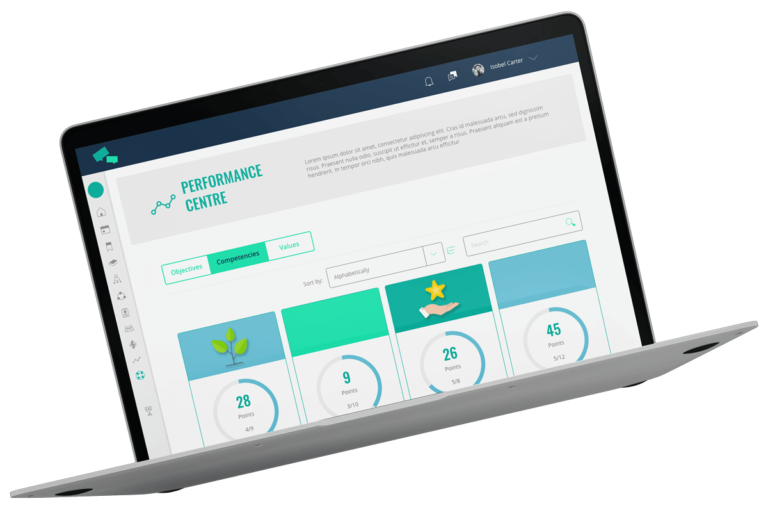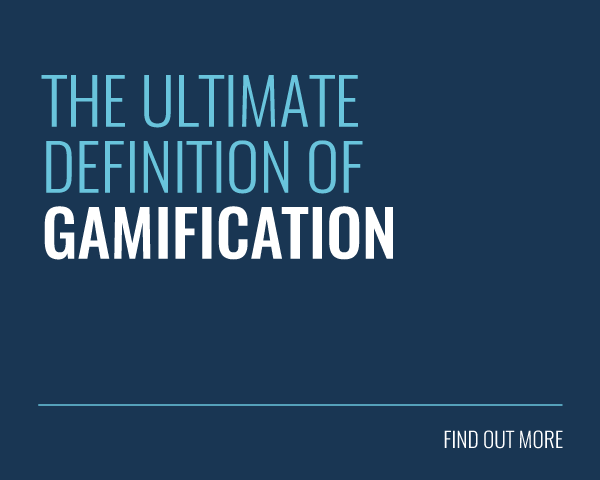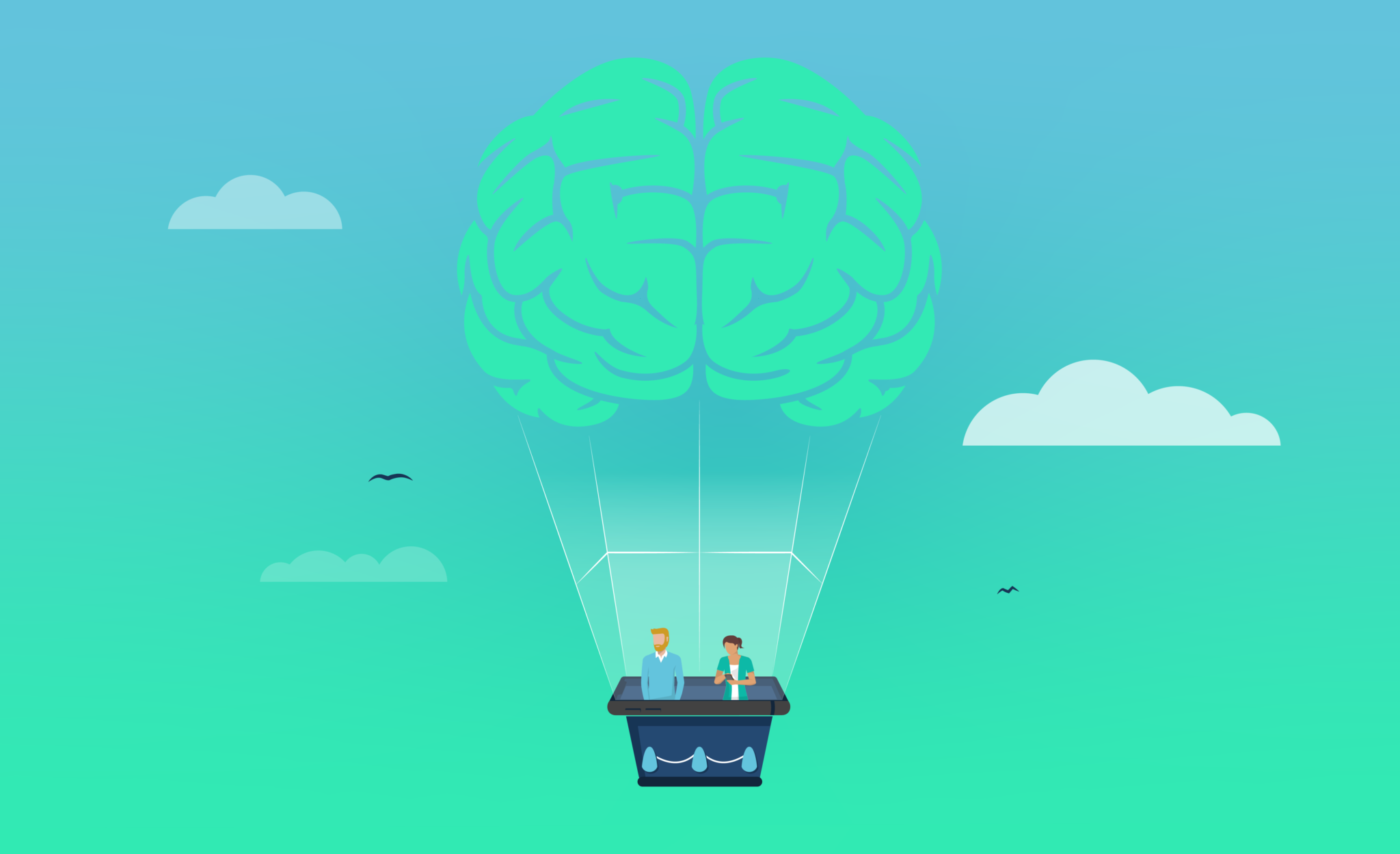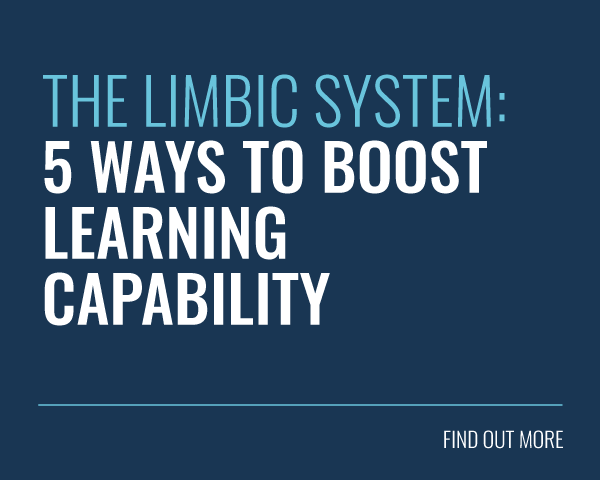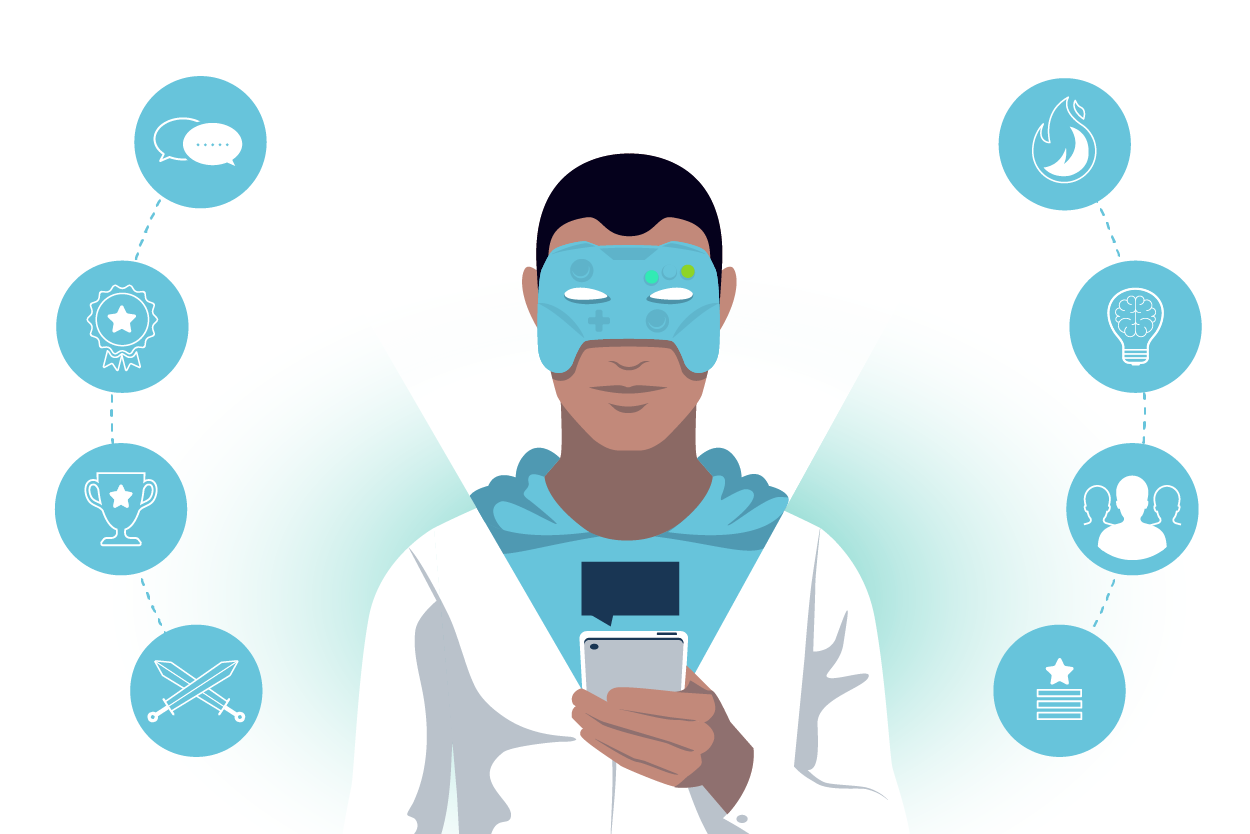 Why does Gamification work so well in driving learner engagement and behaviour change in the workplace? Here is where we call in the Octalysis Framework to give us the answers!
Why does Gamification work so well in driving learner engagement and behaviour change in the workplace? Here is where we call in the Octalysis Framework to give us the answers!
Gamification has been shown to improve employee engagement by over 60%. This is why many top companies have gamified their training programmes and have been blown away by the results.
PS: If you haven’t yet, check out our article: Top 12 Powerful Examples of Gamification to see the best use cases of gamification in the business world!
So how can this lofty sounding but fascinating framework help you gamify your L&D initiatives? Better yet, how can it help you design the best training approach for your business?
In this article, we’ll give you a proper run-down of the origin of the Octalysis Framework and the theory behind it. Then we’ll show how you can use this powerful model to create your organisation’s very own successful gamified training approach.
Without further ado, let’s dig right into it!
The Octalysis Framework
The Conception of the Octalysis Framework
The Octalysis Framework is an award-winning gamification design framework developed by Yu-kai Chou.
Yu-kai Chou is a true gamification pioneer. He wanted to develop a framework that explained the various systems that made games fun.
From his research, he realised that games engage us because they tap into specific core drivers inherent within all of us. These drives are what motivates us to act and commit to certain activities.
He also found that various techniques can drive us in different directions. Some mechanics motivate us in a positive or inspirational way. On the other hand, some mechanics can be more deceptive or can help to fuel more obsessive behaviours.
Yu-kai Chou then drilled down on what these different motivations are. This led to the creation of the Octalysis Framework: an octagon-shaped model bearing eight core drivers.
Three Aspects of the Octalysis Framework
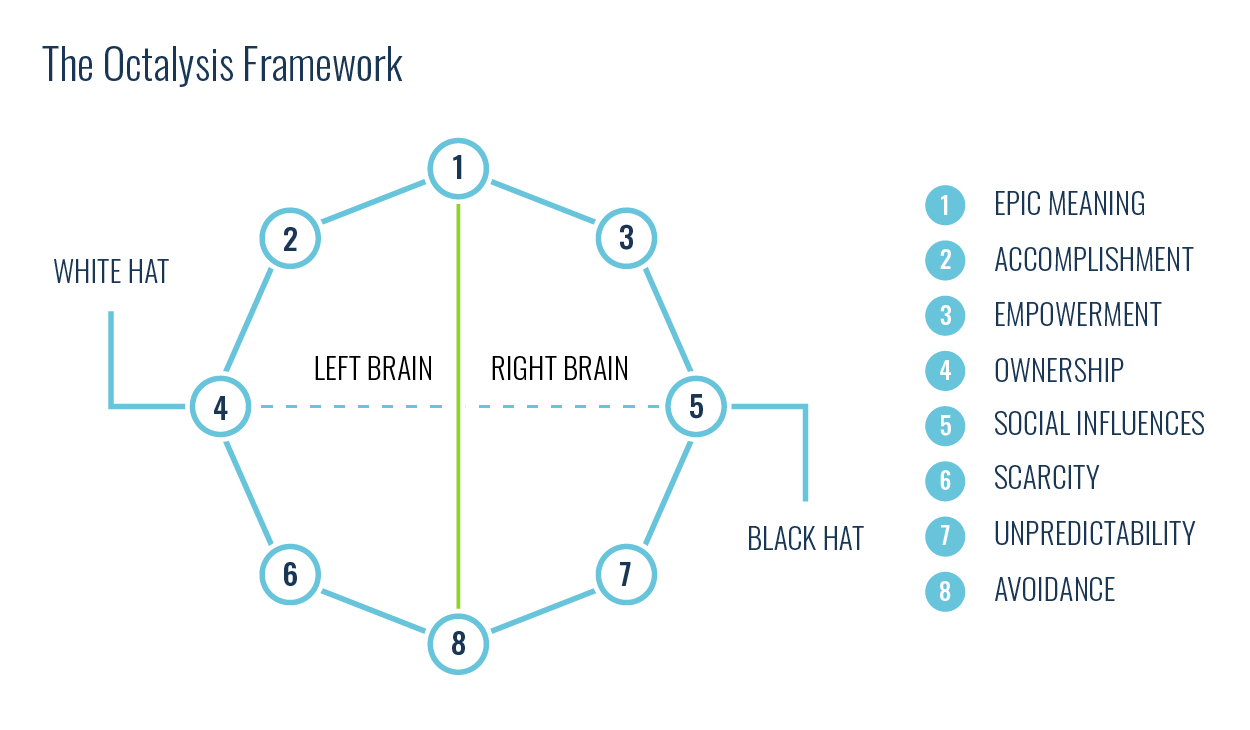
1. The Eight Core Drivers
The Octalysis Framework presents eight key motivators of human behaviour. Every action that we do stems from one or more of these core drivers. Without the presence of at least one of them, we will not be motivated or driven to act.
-
- Epic Meaning & Calling – This is a core drive that guides us to seek a higher purpose or meaning beyond our personal goals.
- Development & Accomplishment – We are driven to take on challenges to meet a desired goal. This drive also pushes us to work harder to improve our skills and see ourselves progress.
- Creative Expression & Feedback – This core drive explains why we seek activities to learn and and express ourselves in a creative way. This is the drive that lets us take delight in “play”, as we immerse ourselves in the joy of the activity in itself. Receiving feedback also fuels this creative process, as it helps us apply more ideas and ways of expressing ourselves.
- Ownership – This driver comes into effect when we come to possess something and believe that we own it. This taps into our natural desire to take pride in the things we own and acquire more possessions.
- Social Influence & Relatedness – Social influence relates to our inherent need to seek mentors, get approval from others and find companionship. This also taps into our competitive nature and relative status with others. Relatedness refers to our desire to connect with social groups and individuals with whom we share common interests.
- Scarcity & Impatience – We’ve all been there. We always want what we can’t have. This is the drive that makes us yearn for something simply because it is rare, exclusive or difficult to obtain right away.
- Unpredictability & Curiosity – We are hard-wired to seek thrill in uncertainty. Our brain’s reward center lights up when we encounter novel and unexpected sensations. This explains the love for surprises and our desire to seek out new experiences.
- Loss & Avoidance – This core drive is our natural aversion to losing things we have worked hard to obtain. It also explains our desire to minimise potential loss or risks wherever and whenever we can.
2. Left-Brain vs. Right-Brain Drives
The second aspect of the Octalysis Framework deals with the emotional and logical parts of our brain.
Yu-kai Chou describes this as the difference between our Right Brain and Left Brain core drives.
Specifically, Left Brain Core Drives are associated with logic, calculations and ownership. These drivers link to extrinsic motivations. Here, your learners’ behaviour is solely driven by the motivation to achieve a goal or receive a reward.
They are expressed in the following three Core Drives:
-
- 2 – Development & Accomplishment
- 4 – Ownership & Possession
- 6 – Scarcity & Impatience
Right Brain Core Drives are characterized by imagination, personal expression and social connection. These drivers tap into our intrinsic motivations. Here, your learners pursue actions because the activity or experience in itself is enjoyable and rewarding.
Here are the Right Brain Core Drives:
-
- 3 – Empowerment of Creativity & Feedback
- 5 – Social Influence & Relatedness
- 7 – Unpredictability & Curiosity
3. White Hat vs. Black Hat Drivers
The third thing to remember about the Octalysis Framework is the difference between White Hat and Black Hat Core Drives.
White Hat Drives are those that belong to the top half of the octagon. They trigger positive emotions such as excitement, happiness and a sense of meaning.
-
- 1 – Epic Meaning & Calling
- 2 – Development & Accomplishment
- 3 – Empowerment of Creativity & Feedback
These drivers act as the “feel-good” motivators. These core drives make us feel inspired or in control. For example, activities that let us be creative or master a skill tie back to these drivers. Meaningful tasks that align to our value system also belong to this domain.
As such, L&D activities that stem from these White Hat Drives are effective in instilling deep levels of engagement. In turn, this is likely to drive a lasting change in your employees’ behaviour.
Black Hat Drives feature in the bottom half of the Octalysis Framework. They trigger negative emotions such as rage, frustration and disappointment. For example, we may commit to a task in order to avoid potential threats or penalties.
Now at this point you may be thinking, “let’s go with White Hat Drives then!”. However, the problem with White Hat Drives is that they do not inspire a sense of urgency.
Black Hat Drives on the other hand are effective in getting us to act immediately. As such, these are useful if you want to drive learner behaviour in the short-term.
In the next section, we’ll show you how you can use both white hat and black hat techniques to benefit your learners and training objectives!
How to Use the Octalysis Framework for Your Gamified Training Programme
The Octalysis Framework is a powerful guide to show us how we can tap into the different motivational drives of our employees. Now we’ll show you how to use this framework to create the most effective gamified training programme!
Core Drive #1: Create Epic Meaning with Exciting Quests & Rewards
Before creating your training programme, take time to understand your learners.
What are their values? What activities make them feel that they’re part of a bigger purpose? And how would they like to express this?
Taking the time to do this will enable you to design the right learning content. You would also be able to identify what game elements will best appeal for your learners. A training needs analysis can help you identify all of these.
The next step is to design your gamified LMS or mobile learning app with the right game elements.
One way to engage users is by incorporating a gripping narrative into your training courses. According to a Nielsen report, storytelling engages our minds even more than cold, hard facts.

As such, you can do this by transforming dull learning modules into exciting quests and meaningful challenges. To generate maximum epic meaning, these challenges should align with your learners’ noblest aspirations and tie to your organisational mission, values and philosophy.
You can generate further epic meaning by linking your learning programme to real world rewards that enable your employees to contribute to a higher good. Points or Badges that learners have earned can be used to benefit a social cause. You can then tie these rewards to charity donations or corporate sustainability efforts.
If you follow these steps, you’ll end up with a training programme that oozes epic meaning. And with that in place, learner engagement will soon follow.
Core Drive #2: Celebrate Accomplishments with Points, Badges & Scorecards
 Driving productivity in the workplace is why organisations invest in a training programme in the first place. One of the primary drivers of productivity are employees who are motivated by their desire to get things done. This leads to increased job satisfaction, which boosts productivity up by 6.6%!
Driving productivity in the workplace is why organisations invest in a training programme in the first place. One of the primary drivers of productivity are employees who are motivated by their desire to get things done. This leads to increased job satisfaction, which boosts productivity up by 6.6%!
This is one of gamification’s key focuses. Game elements such as Experience Points (XP) reinforce a learner’s sense of accomplishment. These are points that learners earn as they progress through their training. This in turn fuels their desire to achieve more.
Learners can also earn and collect Badges upon the completion of desired learning modules or in-platform actions. These are virtual or physical tokens of personal achievement.
Progress bars are also an excellent way of tapping into this drive. They serve as a real-time guide on how far a learner has come within their online training programme. This indicator gives your employees that extra push they may need to finish desired actions within their training modules.
Lastly, Scorecards lets learners keep track of all their achievements. This is a real-time snapshot of all the experience points, badges and awards they have obtained at any point in their training. This gives them the ability to easily track and take pride in their accomplishments. This keeps them motivated to keep on achieving!
Core Drive #3: Stimulate Creative Expression & Feedback with Levels, Clubs & Quizzes
 Hone in on your employee’s drive to create, innovate and express their individuality. A study conducted by IBM shows that CEOs regard creativity as the most crucial factor for success.
Hone in on your employee’s drive to create, innovate and express their individuality. A study conducted by IBM shows that CEOs regard creativity as the most crucial factor for success.
You can apply this in your training approach is by enabling your learners to customize their learning journeys. Levels offer customized training pathways that lets users shape their own learning programme.
Adding social functionality such as Clubs is another way of stimulating creative learning. Clubs are places where people who share a passion or interest gather to exchange knowledge and ideas. As a result, they can liven up a training programme by encouraging learning in a social context.
An example would be to encourage your learners to share or post what they’ve learned so far in creative ways. This could include video testimonials, case studies, images, text and more. Don’t hesitate to unleash the creative power of your learners.
By providing your employees with various ways to learn, you’re tapping into their core drive for creativity and self-expression. In turn, this stirs them to become more deeply engaged in your training programme.
Employees also want to receive feedback on their endeavors and output. Such feedback stimulates more ideas, which fuels and sustains their creative momentum. In fact, the strength of this Core Drive is its capacity to engage your employees at all points of their training journey.
Quizzes are another tool you can use to create shorter feedback cycles. With the use of a content authoring tool, you can create quizzes for your online training programme. These can provide the instant feedback your employees need to deepen their understanding. In doing so, this gives them more confidence to apply their learning in new ways.
Core Drive # 4: Drive Ownership with In-Game Possessions & Customised Learning
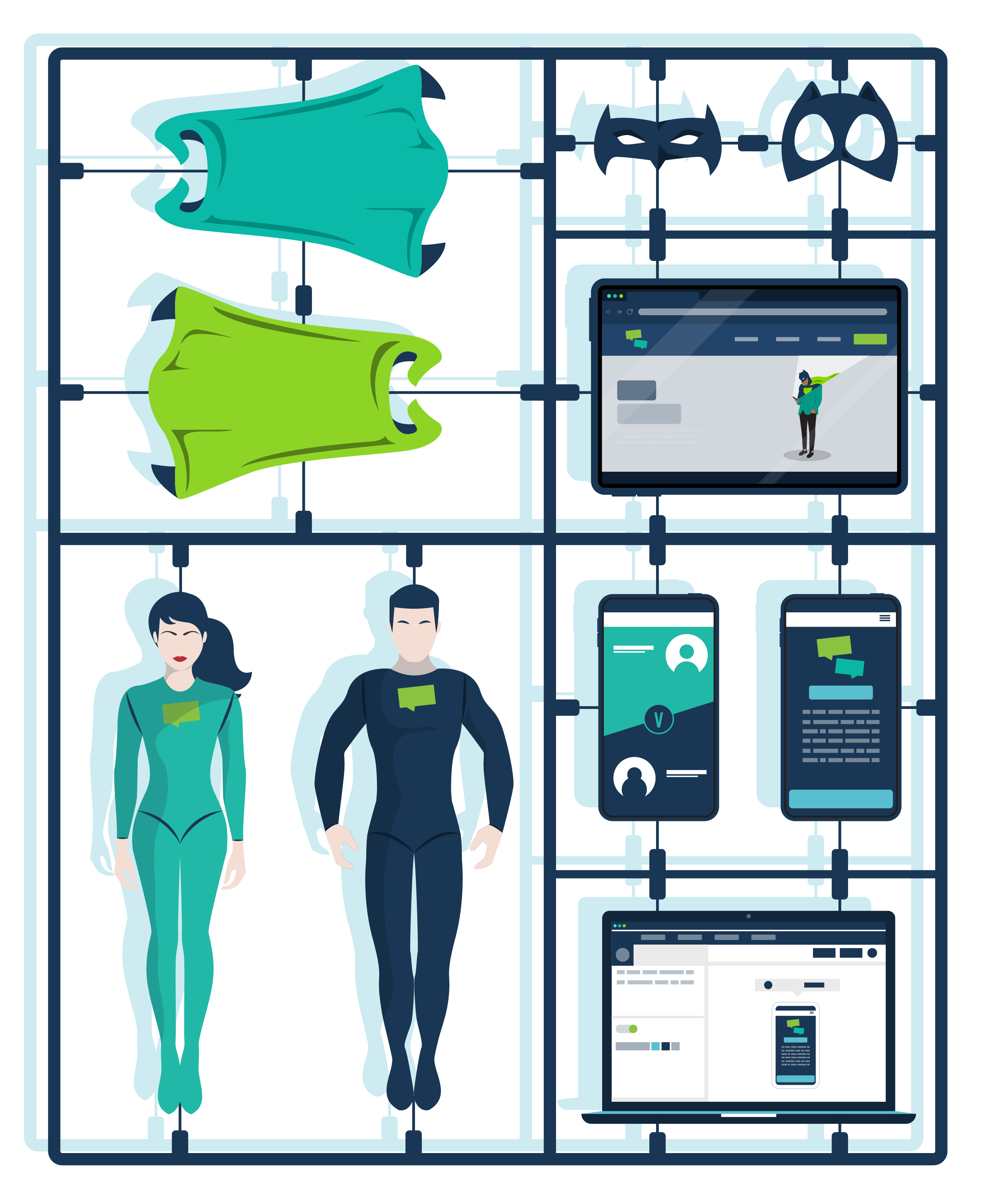 We tend to work harder on projects or initiatives when we feel a genuine sense of ownership. This is why many companies offer stock options for their workers. This lets employees own a piece of the company, which in turn makes them feel more committed to driving positive business outcomes. In fact, companies who have done this have reported a performance increase of 3.8% year on year!
We tend to work harder on projects or initiatives when we feel a genuine sense of ownership. This is why many companies offer stock options for their workers. This lets employees own a piece of the company, which in turn makes them feel more committed to driving positive business outcomes. In fact, companies who have done this have reported a performance increase of 3.8% year on year!
You can apply this same principle within your online gamified training environment.
The use of virtual or real world rewards tap into your learners’ drive to acquire possessions. For example, Points or Badges can be exchanged for Rewards that users can own. These can be in the form of virtual goods or real-world possessions that drive your learners to want to own more.
Another way to create a sense of ownership, is to let your users customise their online training environment. When the user spends a lot of time personalizing their learning modules, it helps to increase their buy in with your training programme. After all, this customisation activity represents a time investment on the part of your learners. What’s more, the content will better reflect their wants and needs.
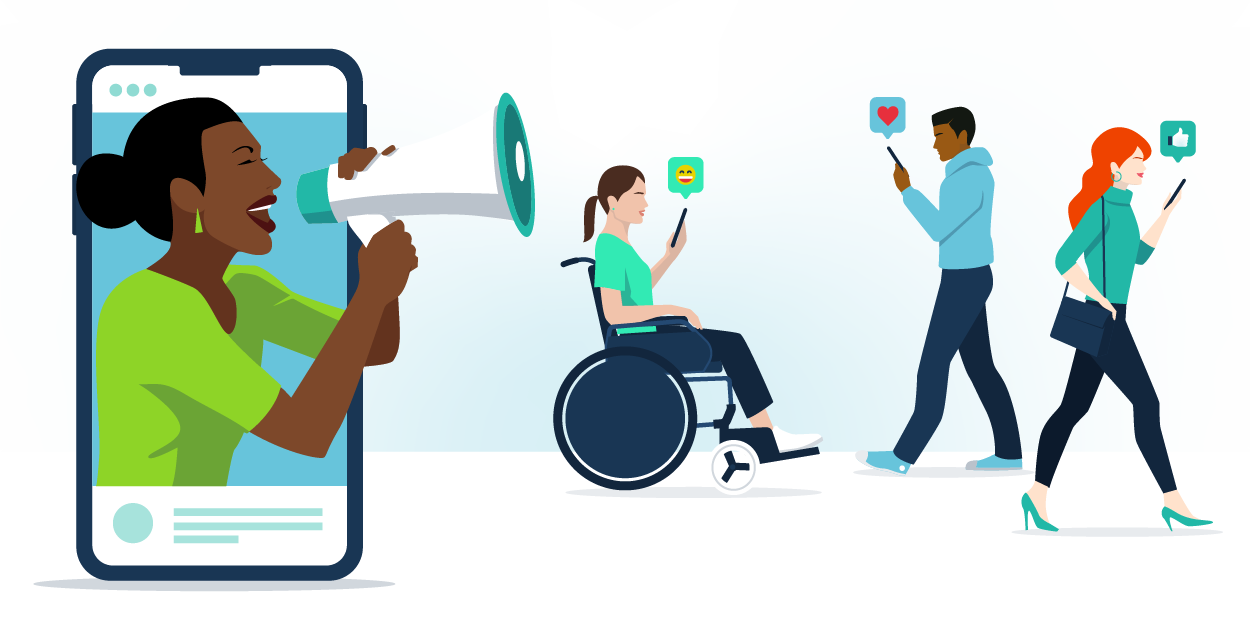
Core Drive #5: Stir Up Social Connections & Influence with Clubs!
One of the key drivers of employee engagement are the social connections that workers have formed in their workplace. In fact, the quality of their relationships serve as one of the strongest motivators for them to stay engaged on the job. This stems from a basic social need to connect, learn from and influence others.
As such, having mentors and peers to offer feedback and advice is a great way of making learners feel more connected and encouraged. Having this kind of support network creates an active social learning community for your learners. In turn, your employees will thank you for it! Studies show that 87% of workers value social learning as a major component in their development.
Here at Growth Engineering, we use Clubs across our learning technology solutions to help facilitate these connections. Within Clubs, members are able to connect with peers with similar interests or associations. For example, they can create and share learning posts with other Club members. They can also actively provide and receive feedback on social posts.
As such, Clubs enable members to fulfil their desire for social ties and influence. What’s more, this creates the best environment to build a knowledge-sharing culture throughout your organisation!
Core Drive #6: Simulate Scarcity with Hidden Game Functionalities
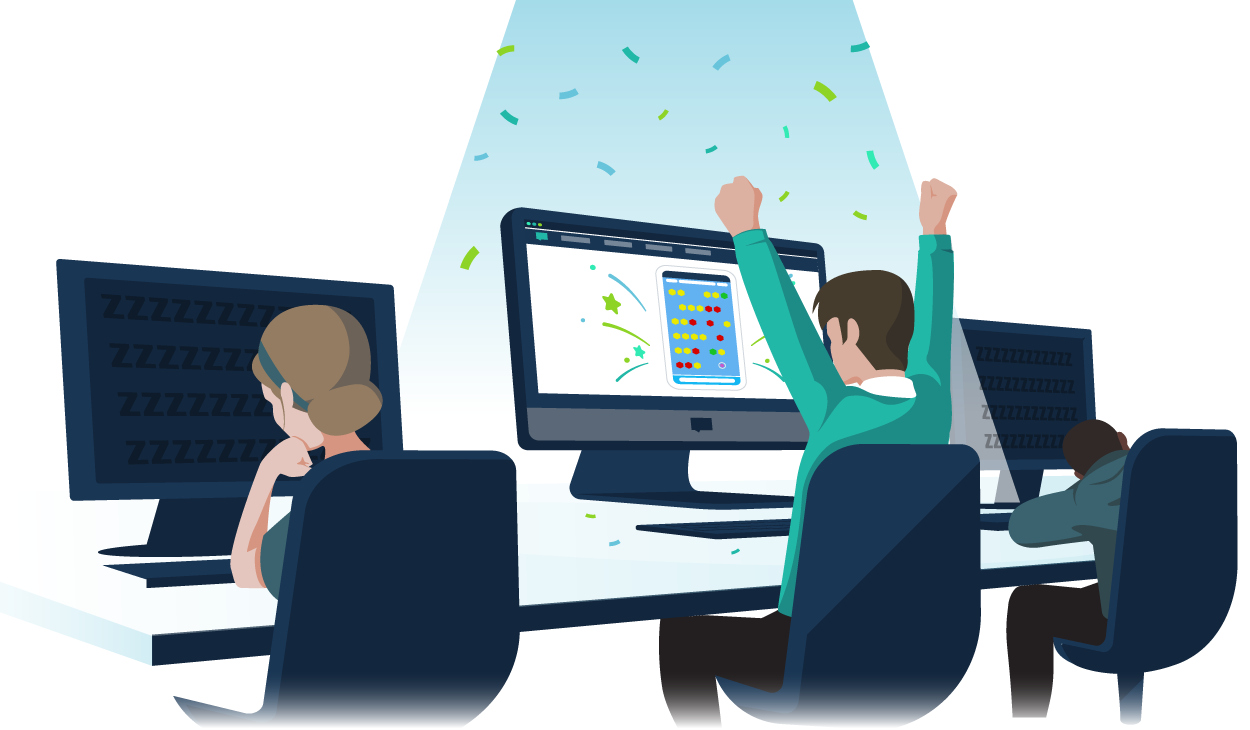 The principle of scarcity tells us that something is more valuable when it is scarce or hard to obtain. In fact, it is considered to be one of the most powerful ways to persuade and motivate employees.
The principle of scarcity tells us that something is more valuable when it is scarce or hard to obtain. In fact, it is considered to be one of the most powerful ways to persuade and motivate employees.
Similarly, you can simulate this for your training programme with certain gamification techniques.
For example, you can assign training modules to be available for only a certain period of time. Within this timeframe, learners could have a chance to earn a “limited edition” virtual badge or other rewards on a first-come, first-served basis.
This activates a sense of scarcity for your learners, who are then motivated to act quickly. As such, this can drive them to complete your “rare” training modules and in turn help you achieve your learning objectives.
Another way to cultivate this drive amongst your audience, is to withhold certain features within your online learning environment. For example, you could lock some content away at the end of a learning pathway. Learners would then need to progress through their pre-set Levels to reach these learning objects.
Creating social Clubs which promote a sense of exclusivity can also trigger this core drive. You could use this to incentivise certain actions. For example, completing a set of content could provide a ‘membership pass’ for a particular social Club.
Core Drive #7: Inject Unpredictability & Curiosity with Gamified Micromodules

A neurological study has shown that curiosity makes our brains more open to learning as it taps into our inherent drive to discover and explore new things.
This is what makes minigames so exciting. They often consist of quests that players can complete in a short span of time. These quests are housed within levels that come with certain challenges and surprises.
The application of micromodules to your training programme can recreate the same effect for your employees. Micromodules are bite-sized learning units packed with features that keep your learners coming back for more.
They supply learners with nuggets of information designed to create and sustain anticipation. These modules can also come locked and loaded with rich media to keep learners hooked. They inject unpredictability with the help of surprise elements such as flash rewards or the ability to unlock a secret quest.
One way to do this is by adding quests that can be unexpectedly unlocked and explored. This keeps your employees excited about the prospect of discovering more treasure troves of learning.
You can also incorporate unexpected rewards or badges which learners can uncover at various points in their training journey.
As such, gamified micromodules are a great way to thrill (and inform) your learners throughout your training programme!
Core Drive #8: Magnify Loss & Avoidance with Goal Re-Framing & Dynamic Game Elements
 Learning objectives are commonly set to inform employees about what they can gain from completing their training programme. But have you ever tried reframing these goals so that they focus on what your learners stand to lose?
Learning objectives are commonly set to inform employees about what they can gain from completing their training programme. But have you ever tried reframing these goals so that they focus on what your learners stand to lose?
This drive focuses on the pain of lost opportunities. Many studies have shown how the pain of losing is psychologically more powerful than the pleasure of winning.
You can apply this drive by letting your learners know what they’ll be missing out on if they fail to complete certain activities. You can also gamify this by using streak rewards and leaderboards to highlight potential losses.
Streaks, Leaderboards & Battles
Streak rewards are offered to learners who complete a set of activities during a specific time period. For instance, your learners could be rewarded for logging into your training app three times in a row, or completing five training courses in five days.
However, users can also easily lose out on this if they fail to sustain these activities. You can set up notifications for learners to be alerted each time they break a streak. This highlights the pain of losing out on the reward. As such, streak notifications can reinforce positive learner actions by tapping into this core driver.
A Leaderboard is also a way to keep your employees engaged in their learning. For example, a user risks losing out on points and badges if they fail to engage with training materials on a regular basis. In turn, this can cost them the loss of their leading status on the leaderboard.
Battles is another functionality which can tap into your learners’ distaste for losing. Battles are player-vs-player knowledge quizzes that utilise a penalty shoot-out format. They are particularly powerful, because they are knowledge-based battles against a peer, rather than your manager, or a simple form submission. This further motivates employees to engage with learning materials to minimise their risk of losing.
Another way is to create artificial pressure by using ‘countdowns’ on your quizzes. This once again presents the threat of a loss of points if they are unable to complete a quiz in time.
As such, having these elements in your gamification arsenal is handy for creating a sense of urgency for your online training programme.
Final Words
The Octalysis Framework shows us how we can effectively tap into learner motivations in training. The model also reveals how these eight core drivers can be further grouped to serve distinct functions.
For instance, there are core drivers that are goal-oriented, while others focus on the joy of the process itself. The model also describes how positive and negative feelings of learners can be evoked based on white hat and black hat techniques.
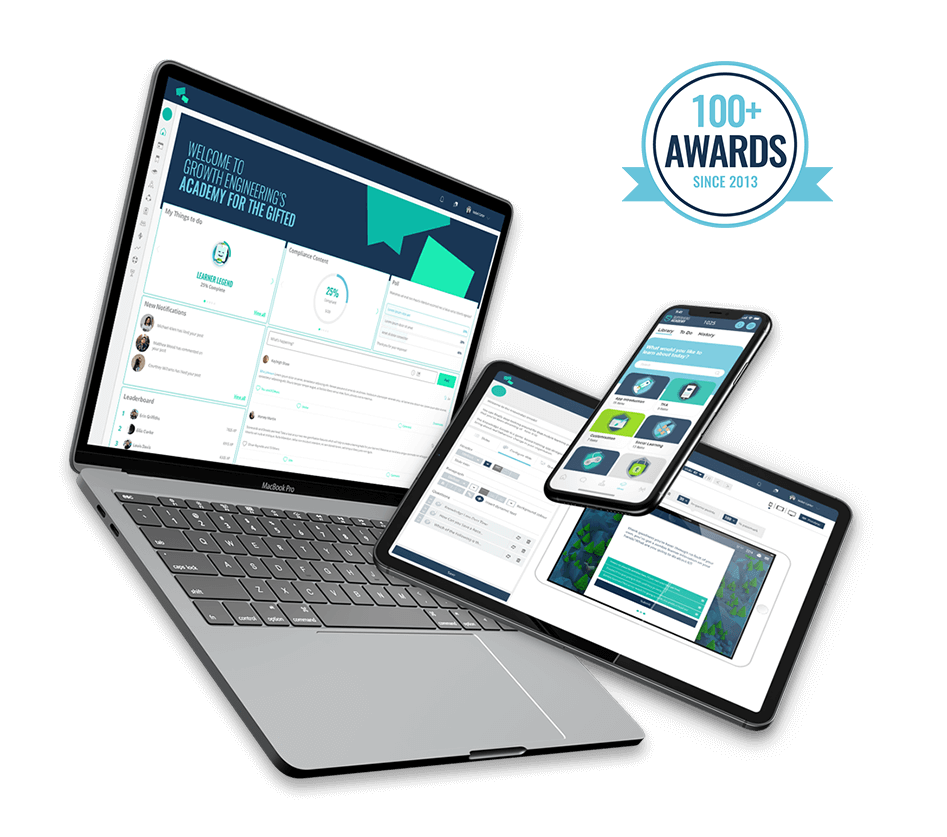
All in all, the key takeaway from this framework is how you can responsibly use all eight core drivers to benefit your learners. You can achieve this by aligning these drivers to key programme objectives, and to the right gamification techniques. By doing so, you can create a gamified training programme that will engage your learners and deliver the best business outcomes!
Here at Growth Engineering, we have pioneered the use of gamification in learning and development. Our gamified training solutions, The Academy LMS, The Knowledge Arcade, and Genie – our content authoring tool, have effectively engaged learners and have driven real behaviour change. These efforts have garnered us multiple awards such as Top Gamification Learning Management Systems 2021, Top eLearning Gamification Companies 2021 and Top Content Providers for Gamification 2020.
But more than just engagement, we deliver high-impact business results. Our gamified training tools boost team performance by as much as 75% and improve sales growth by 20%!
Want to learn more about how you can leverage the Octalysis Framework to build the best online training solution? Get in touch, and we will help you get started on the right gamification strategies and learning tools for your business!
Drive Unlimited Learner Engagement
Create Serious Business Impact
